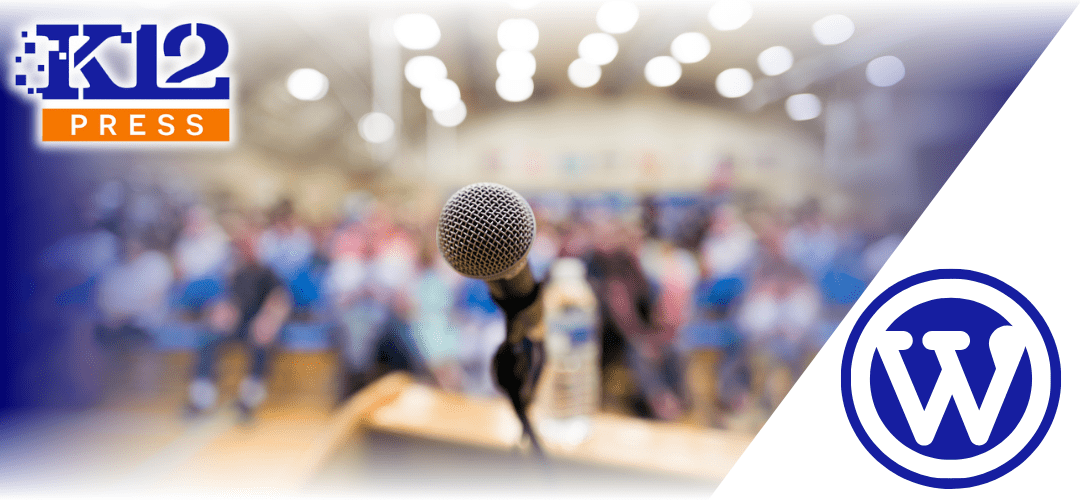Strong community partnerships can bring invaluable resources and opportunities to students and enhance the overall educational experience. Establishing these partnerships requires a thoughtful and strategic approach. Schools can create mutually beneficial relationships with local businesses, nonprofits, and community organizations that foster student growth and community engagement.
In this post, we’ll explore how schools can develop strategic plans for building these partnerships, from setting clear goals to identifying key stakeholders and tracking successful outcomes.
The Role of Strategic Community Partnerships in Education
A well-planned partnership between schools and the community can open doors to internships, sponsorships, mentorships, and more. Local businesses and organizations are often eager to invest in the future of their communities, and schools can play a pivotal role in fostering these connections.
- Educational Enrichment: Businesses can offer real-world learning opportunities, like internships or career talks, that enhance the academic curriculum.
- Community Involvement: Partnerships bring the community closer to the school by involving local businesses in school events, fundraising, and support efforts.
- Shared Resources: Schools and community organizations can share resources, such as technology, expertise, or facilities, benefiting both parties.
Setting Clear Goals for Community Partnerships
Before forming partnerships, it’s essential to set clear, measurable goals. These goals should align with the needs of both the school and the community. Schools should consider what they hope to achieve through these collaborations and how they can provide value in return.
- Focus on Student Needs: Identify areas where partnerships can fill gaps, such as career development, technical training, or financial support for programs.
- Set Measurable Objectives: Whether it’s securing internships for students or raising funds for specific projects, clear objectives help ensure that partnerships remain focused and productive.
- Mutual Benefits: Ensure that the goals benefit both the school and the community partner. A successful partnership should provide value for both sides, whether through branding, community service, or student engagement.
Identifying and Engaging Stakeholders
One of the key elements of building strong school-community partnerships is identifying the right stakeholders. Schools should consider partnering with a diverse range of local businesses, nonprofits, and civic organizations that align with their educational goals.
- Local Businesses: Reach out to local businesses that are invested in the community and may have resources to offer, such as sponsorships, job training, or donations.
- Nonprofit Organizations: Nonprofits often have a strong community focus and can provide educational programs, guest speakers, or volunteer opportunities.
- Parents and Alumni: Don’t overlook parents and alumni who might have business connections or be willing to contribute time and resources.
Engagement is crucial—reach out to stakeholders with clear proposals outlining how the partnership will work and the benefits it offers both parties.
Maintaining and Nurturing Community Partnerships
Once partnerships are established, it’s essential to maintain and nurture them. Relationships with community partners should be cultivated over time to ensure continued success and mutual benefits.
- Regular Communication: Keep lines of communication open with partners, providing regular updates on how their contributions are benefiting the school and students.
- Acknowledge Contributions: Publicly recognizing partners through newsletters, social media, and school events helps strengthen the relationship and encourages ongoing support.
- Evaluate and Adjust: Periodically evaluate the outcomes of the partnership. Are the initial goals being met? Are there new opportunities for collaboration? Be prepared to adjust the partnership to meet evolving needs.
Tracking Success and Outcomes
To measure the impact of school-community partnerships, schools should track the outcomes of their efforts. Collecting data and feedback will allow schools to demonstrate the value of these relationships and make adjustments where necessary.
- Impact on Students: Track the number of students who benefit from internships, mentorships, or scholarships provided by partners.
- Community Engagement: Monitor how involved community members become in school events, fundraising, or volunteer efforts as a result of the partnership.
- Financial and Resource Gains: Evaluate any financial contributions, donated equipment, or other resources gained through partnerships and how they have improved the school.
Regularly sharing these outcomes with your partners reinforces the value of their support and can lead to deeper and more lasting collaborations.
Building strong community partnerships requires a strategic approach, clear communication, and ongoing nurturing. By setting measurable goals, identifying key stakeholders, and tracking the success of these relationships, schools can create impactful collaborations that benefit students, staff, and the broader community.
At K12Press, we’re here to help your school create and manage digital platforms that foster these valuable partnerships. Contact us today to learn how we can support your school’s goals and community engagement initiatives.














